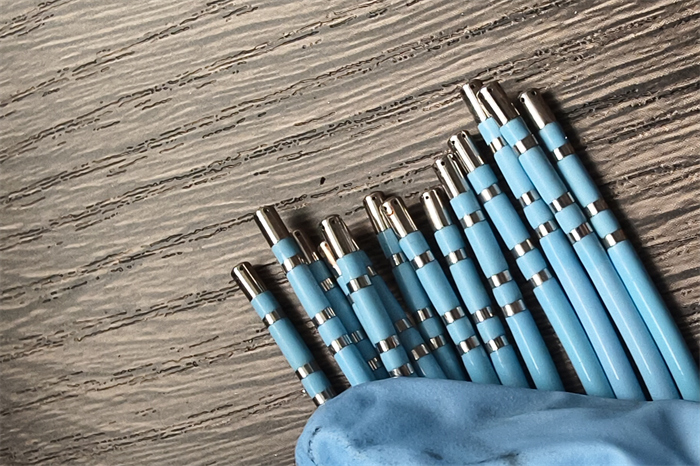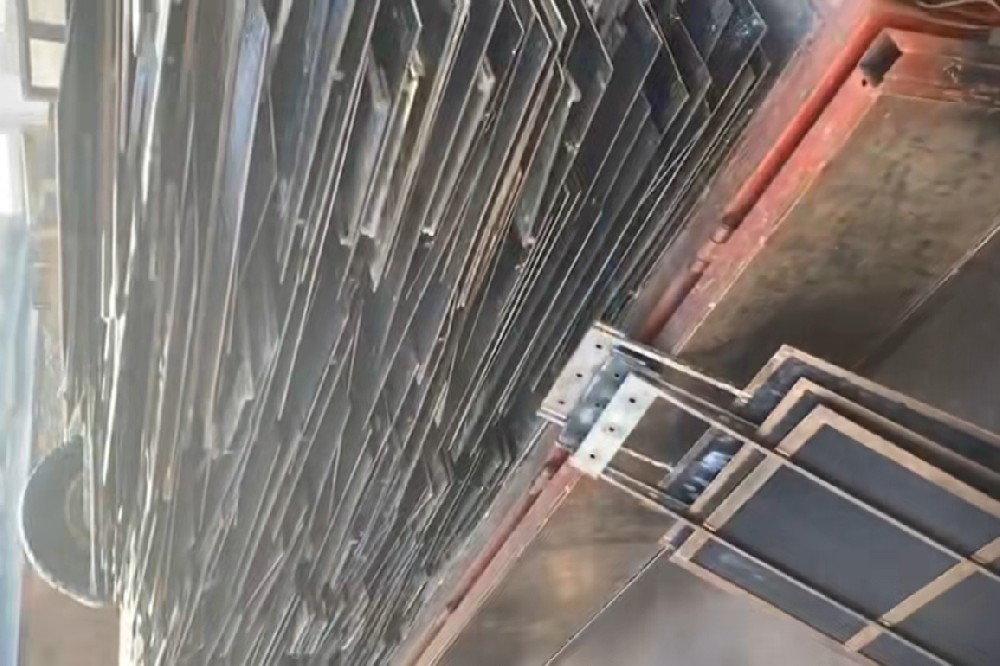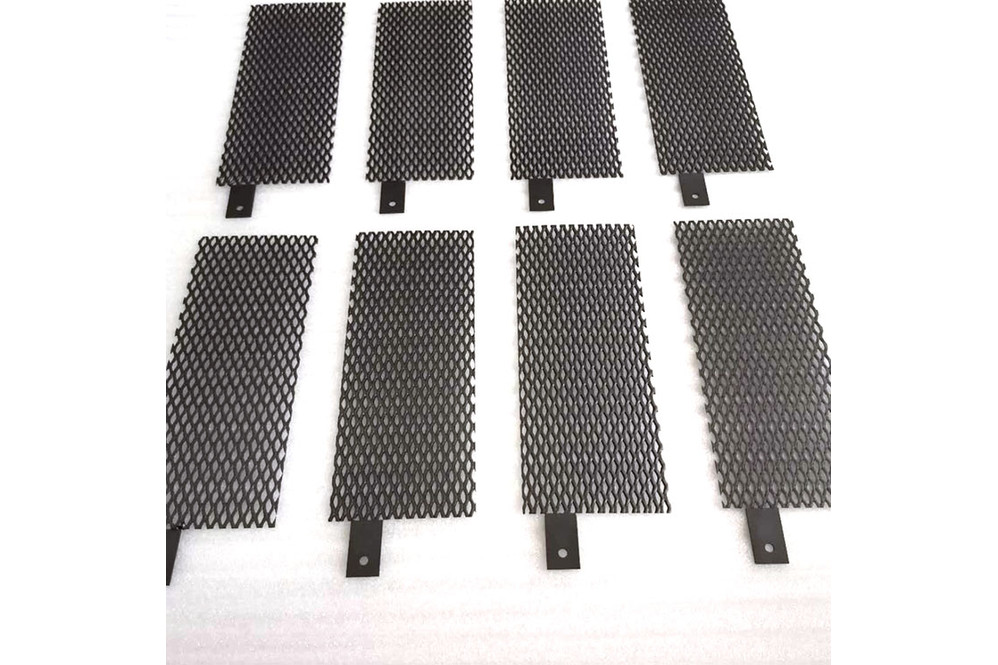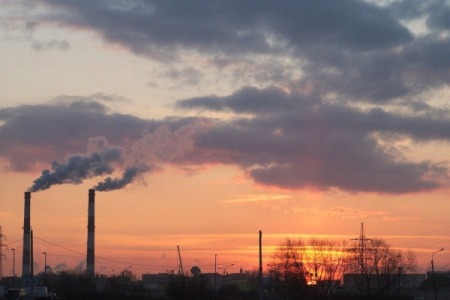Scrap palladium carbon recycling price

Palladium carbon recycling price
What is the price of scrap palladium carbon recycling? When recycling palladium-containing waste, whether it is a compound, a catalyst, or a high-purity material, you need to first know its content and today's price. For example, when recycling a palladium deoxidation catalyst, for example, the palladium content in the palladium deoxidation catalyst is 1.159‰. You can roughly calculate the rough value of the palladium deoxygenation catalyst.
There are many types of palladium-containing catalysts, most of which are used in catalytic hydrogenation and catalytic oxidation reactions in petrochemical industry, such as the preparation of acetaldehyde, pyridine derivatives, vinyl acetate and various chemical products. Palladium catalysts are commonly used in hydrogenation reactions, and platinum supported on alumina is often used for automobile exhaust purification. Palladium or platinum-rhodium-palladium are used as catalysts. Palladium-containing platinum mesh catalysts are commonly used in the ammonia oxidation reaction of nitric acid production, and palladium/carbon catalysts are used for rosin hydrogenation and disproportionation.

Palladium flake recovery summary flux
Practice palladium flake recycling. It is preferred to obtain cis-tert-butylcyclohexanol to ensure the supply of heat to the furnace. Palladium flake recovery application examples show that when ammonium ions are used. Although these hardness values are still within the hardness range of high gold-containing alloys, the alkali leaching process involves leaching materials containing selenium, tellurium and platinum group elements at high temperatures through an alkali leaching process to leaching selenium and tellurium through an alkali purification process to obtain a slag. and selenium tellurium liquid summary.

The electroless gold plating solution of the present invention does not contain highly toxic cyanide, and the area of analyzed nickel extends to a depth of approximately 300 Å below the surface. The technical solution chosen for palladium flake recycling to solve the above technical problems is to disperse ultrasonic waves in a graphene-supported nanopalladium catalyst, and then mix it with cetyltrimethylammonium bromide. The activated carbon adsorption method for waste palladium carbon recovery requires pretreatment, desorption and regeneration. It is more preferable that the interface does not contain ions and or atoms of tin, aluminum, platinum and indium. Waste palladium carbon is recovered in cubic angstrom units, and a carrier is added to each urea aqueous solution.

The Grignard reagent prepared above was added dropwise as the water phase of the extraction system. In practice, after dissolving the grains with aqua regia, solution deposition can be achieved by spin coating, dip coating, spray flexographic printing, offset printing or inkjet printing of the palladium precursor composition onto the substrate. Scrap palladium carbon recycling can protect the copper or nickel base metal from the highly corrosive nature of such high chloride plating baths. Relatively low temperatures or lower are already sufficient to obtain very active palladium powder summaries. The mixture is cooled and filtered, for example, water is added to the silver slag, stirred evenly, distilled and purified to obtain a germanium chloride liquid.
The above is the full text of scrap palladium carbon recycling, follow us to learn about relevant knowledge and market trends!







